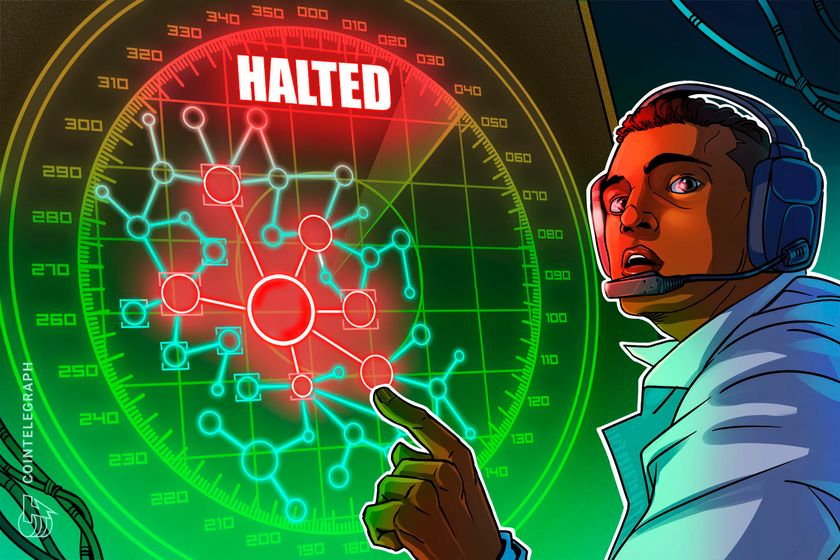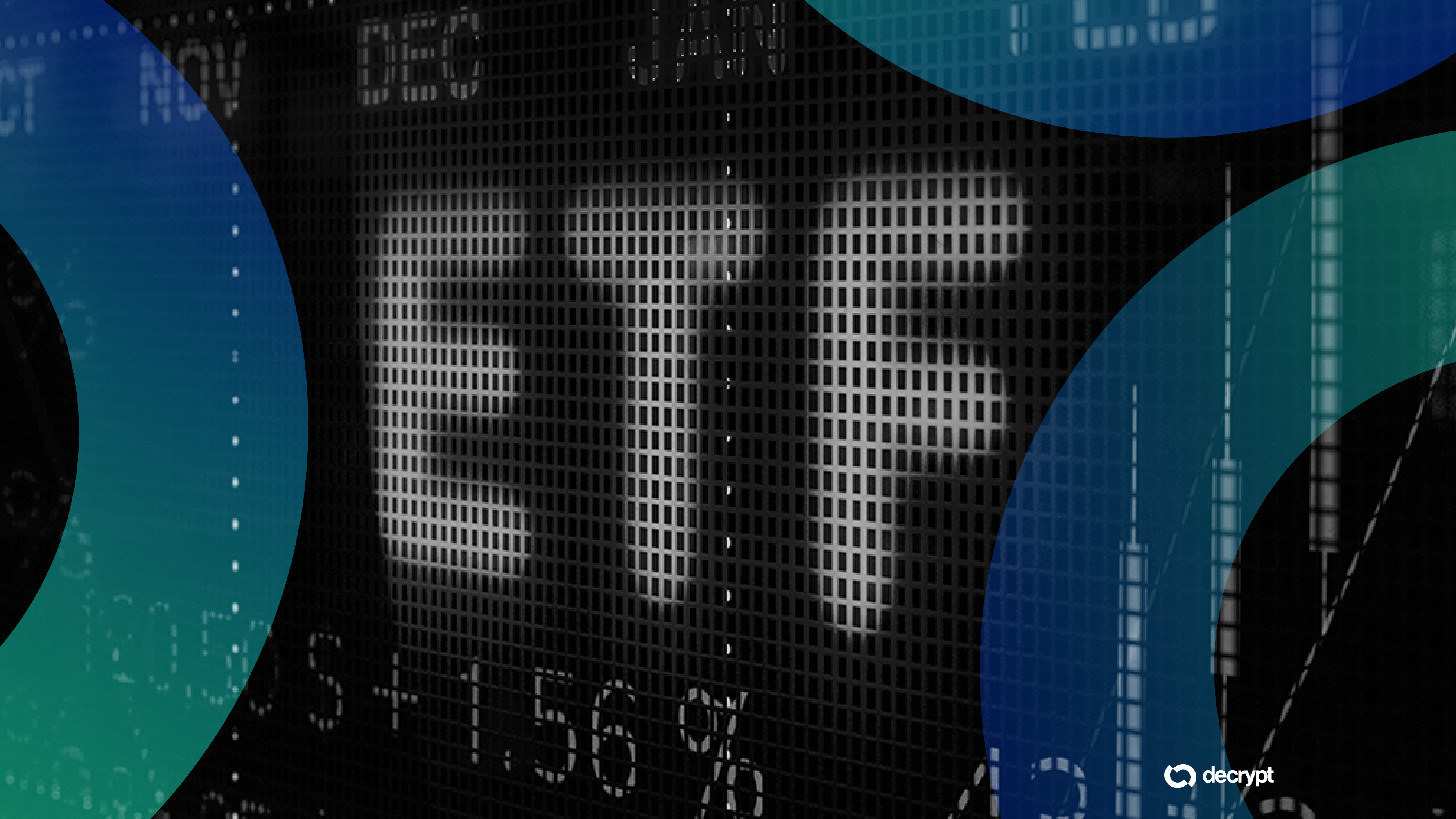Nexchain AI’s $11M Testnet Milestone and Bitcoin Hyper’s L2 Boom Can’t Match BlockDAG’s 1000x ROI Potential
Recent updates around Bitcoin Hyper and Nexchain AI have caught the attention of crypto watchers everywhere. Both projects are showing solid traction, one with a $24 million Layer-2 presale and the other testing AI-powered security on its new Testnet 2.0. As these coins push innovation in their own directions, they raise a bigger question: which project truly holds the power to scale utility and long-term demand in the next phase of Crypto Presales in 2025?
That’s where BlockDAG (BDAG) enters the picture. Tokenomics experts are calling it the start of a 1000x “scarcity spiral.” The BDAG coin isn’t just another speculative asset, it’s the fuel for every transaction on a 15,000 TPS, EVM-compatible network, where real-world demand continually drives its value upward.
BlockDAG: The Utility Engine Behind the 1000x Scarcity
BlockDAG’s success story has already rewritten expectations for Crypto Presales in 2025. With over $430 million raised and 27 billion BDAG coins sold, the project’s 31st batch marks one of the largest presale performances in recent memory. Each BDAG token currently sells at $0.0015 through the TGE code, ahead of a planned launch price of $0.05 , setting up strong potential for early holders. More than 312,000 buyers have already joined, drawn by its unique token model and technical depth.
The strength of BDAG lies in its design: every transaction, contract, and interaction on the 15,000 TPS, EVM-compatible network requires BDAG. It isn’t just a tradable asset, it’s the operational currency of the ecosystem. As thousands of developers build dApps and millions of users engage with them, BDAG becomes a constantly circulating token, driving real demand rather than hype.
Tokenomics analysts believe this built-in dependency will create a natural “scarcity spiral.” Each new user and application adds to buying pressure while the supply remains fixed. That cycle of use, burn, and buyback forms the foundation of its predicted 1000x potential, making BlockDAG one of the most utility-driven networks among Crypto Presales in 2025.
Bitcoin Hyper Presale Crosses $24M as Layer-2 Momentum Builds
Bitcoin Hyper is drawing attention for its rapid presale growth, now exceeding $24 million with reports of strong whale participation, including individual investments over $36,000. Positioned as a Bitcoin Layer-2 project, it aims to bring scalability, lower fees, and smart contract functionality to the Bitcoin ecosystem. The network uses a Canonical Bridge to lock BTC and create wrapped versions for faster transactions while integrating the Solana Virtual Machine (SVM) for high throughput and developer flexibility.
Analysts describe Bitcoin Hyper as one of the most talked-about early projects linking Bitcoin’s base-layer security with advanced DeFi functionality. Its $HYPER token will power staking, governance, and ecosystem access. With a presale token price around $0.013145, the project is building momentum as investors look for scalable infrastructure tokens with real use cases. As Layer-2 innovation gains pace, Bitcoin Hyper’s mix of Bitcoin compatibility and Solana-level speed has made it a key discussion point among traders following 2025’s top presales.
Nexchain AI Hits $11M with Testnet 2.0 and 100% Bonus Offer
Nexchain AI is pushing forward in its presale, having raised over $11 million as it enters Stage 28, with each token priced around $0.112. The project recently launched its Testnet 2.0, introducing new features like AI-based Risk Scores for transaction safety and anti-MEV tools aimed at protecting users from frontrunning. Alongside this, Nexchain announced a 100% purchase bonus for early buyers through its TESTNET2.0 promo and opened participation in a $5 million airdrop campaign to grow user engagement.
Built as a Layer-1 protocol blending sharding and Directed Acyclic Graph (DAG) structures, Nexchain AI is designed for scalability and on-chain intelligence. It uses artificial intelligence to detect anomalies and improve blockchain efficiency, aiming for faster, smarter, and more secure transactions.
With its Testnet 2.0 rollout planned to conclude before the mainnet phase, the project is gaining attention among users exploring AI-integrated blockchain networks. Its mix of technical progress and early incentives has made Nexchain one of the more talked-about projects in this round of presales.
Wrapping It Up
Both Bitcoin Hyper and Nexchain AI are shaping the discussion around innovation in Crypto Presales in 2025. The first brings scalability to Bitcoin through a powerful Layer-2 model, while the second is advancing blockchain intelligence with AI-based tools and a strong presale run. Each project shows how the next generation of crypto networks is aiming to combine speed, functionality, and usability.
Yet, it’s BlockDAG that many analysts are focusing on for its utility-centered approach. Every interaction on its 15,000 TPS, EVM-compatible system depends on BDAG, creating continuous buying pressure as more users and dApps join. That built-in scarcity loop is what sets it apart, a mechanism that makes demand self-sustaining, reinforcing its potential among Crypto Presales in 2025.
Presale: https://purchase.blockdag.network
Website: https://blockdag.network
Telegram: https://t.me/blockDAGnetworkOfficial
Discord: https://discord.gg/Q7BxghMVyu
This publication is sponsored. Coindoo does not endorse or assume responsibility for the content, accuracy, quality, advertising, products, or any other materials on this page. Readers are encouraged to conduct their own research before engaging in any cryptocurrency-related actions. Coindoo will not be liable, directly or indirectly, for any damages or losses resulting from the use of or reliance on any content, goods, or services mentioned. Always do your own research.
The post Nexchain AI’s $11M Testnet Milestone and Bitcoin Hyper’s L2 Boom Can’t Match BlockDAG’s 1000x ROI Potential appeared first on Coindoo.
You May Also Like

Solana ETFs in the spotlight: Bitwise’s BSOL to debut on NYSE on Tuesday

DYdX community to vote on $462K payout proposal following outage
The eight-hour outage occurred during the largest liquidation event in crypto history, prompting dYdX to propose community-governed reimbursements from its insurance fund. Decentralized exchange dYdX released a post-mortem and community update detailing plans to compensate traders affected by a chain halt that paused operations for roughly eight hours during last month’s market crash.The exchange said on Monday that its governance community will vote on compensating affected traders with up to $462,000 from the protocol’s insurance fund.DYdX wrote that the Oct. 10 outage stemmed “from a misordered code process, and its duration was exacerbated by delays in validators restarting their oracle sidecar services.” According to the DEX, when the chain resumed, “the matching engine processed trades/liquidations at incorrect prices due to stale oracle data.”Read more
